|
Thread Number: 50590
Impressions: Bosch S620 Dishwasher |
[Down to Last] |

|
| Post# 728218 , Reply# 8 1/17/2014 at 00:00 (3,746 days old) by washer111 () | ||
|
Additional Filters (Removable) Some more filters and grates. All of which were staying quite clean, strangely enough. I am left wondering if the "Purge" this machine does at the start of the cycle is meant to clear the filter? 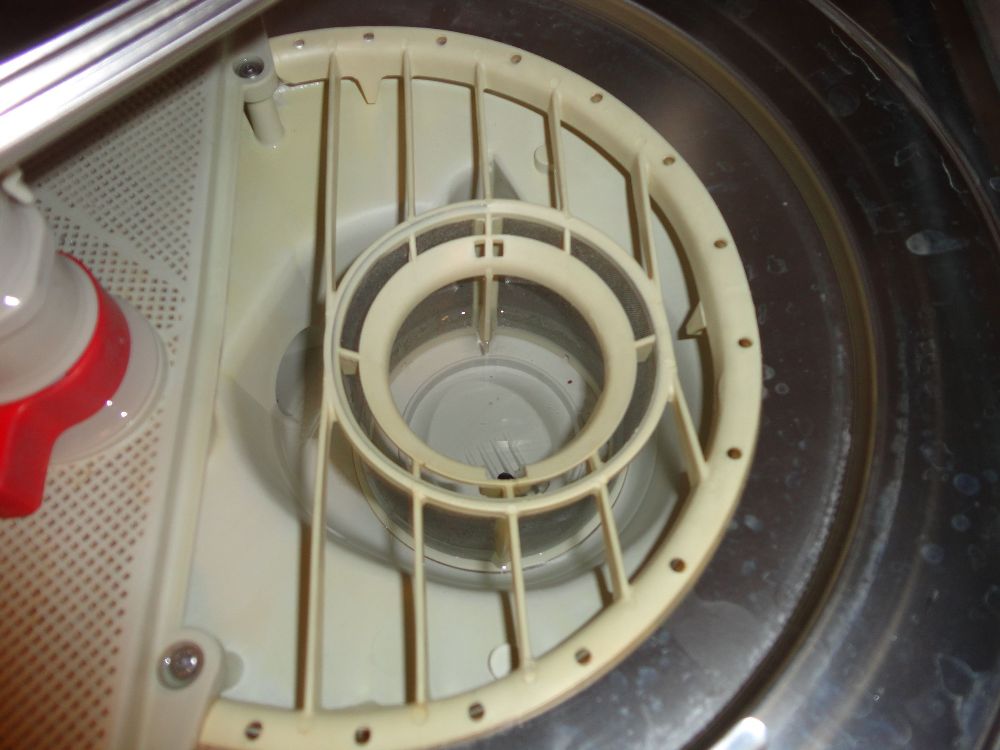
| ||
| Post# 728222 , Reply# 10 1/17/2014 at 00:03 (3,746 days old) by washer111 () | ||
|
Upper Rack 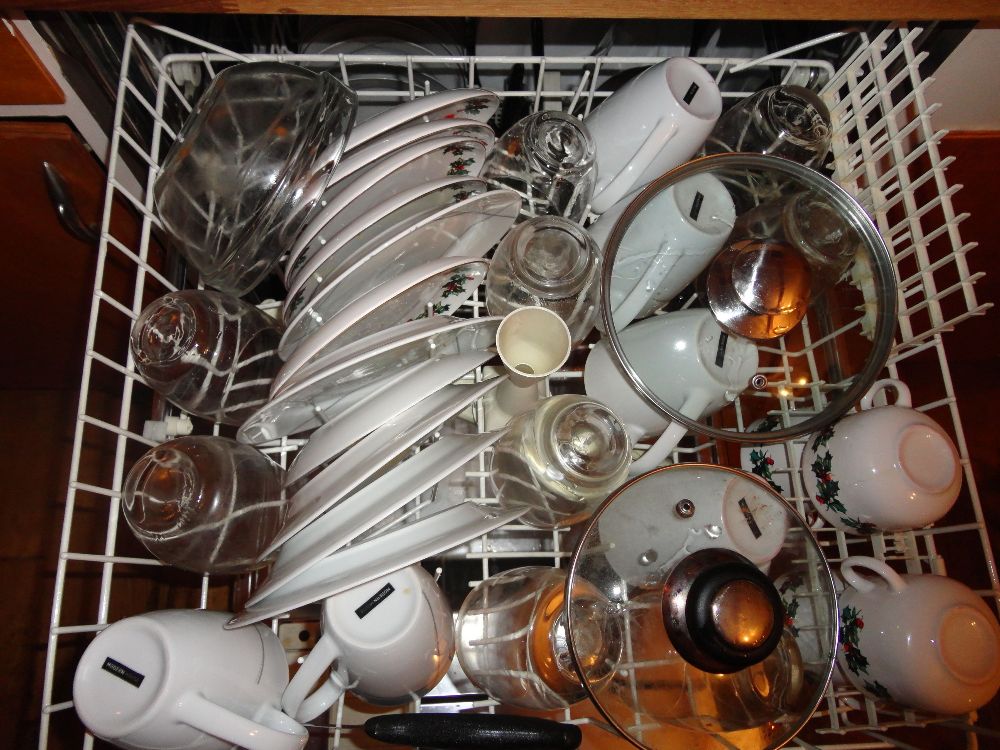
| ||
| Post# 728224 , Reply# 11 1/17/2014 at 00:05 (3,746 days old) by washer111 () | ||
|
All Clean! Apologies for the poor shots... Was in a hurry. 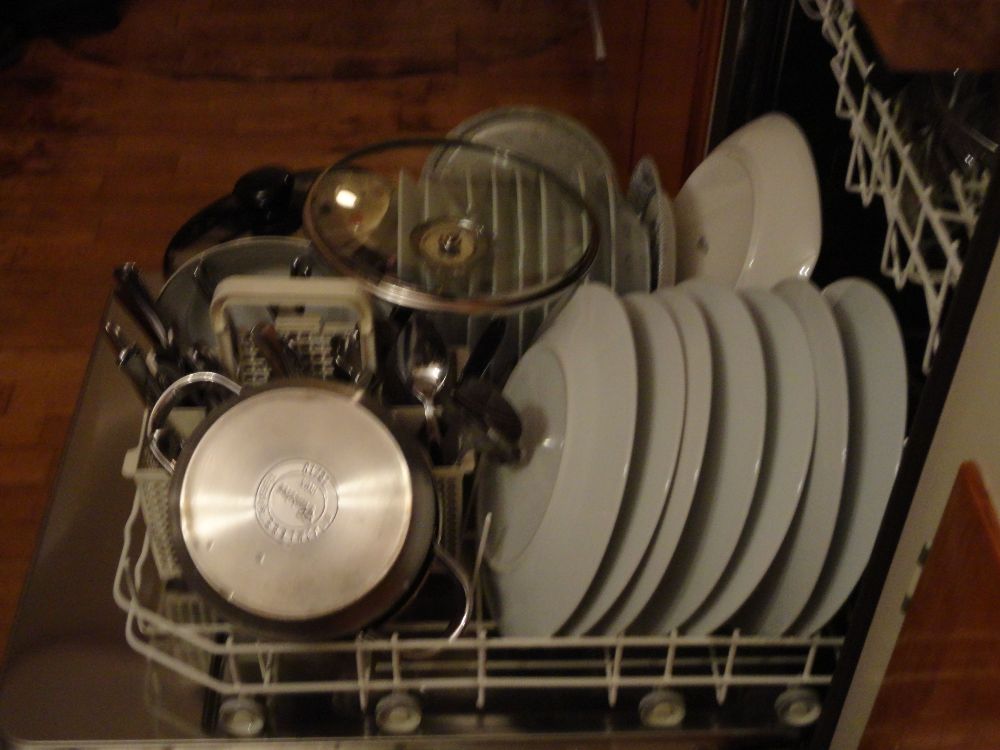
| ||
| Post# 728226 , Reply# 12 1/17/2014 at 00:05 (3,746 days old) by washer111 () | ||
|
Up top 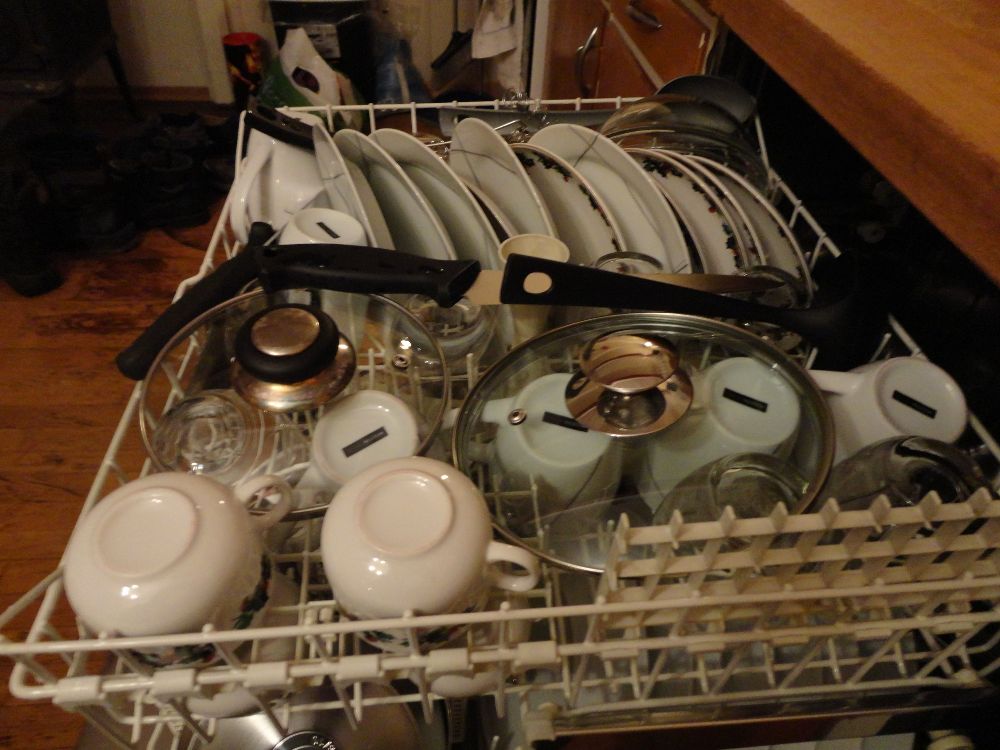
| ||
Post# 728254 , Reply# 13 1/17/2014 at 03:32 (3,746 days old) by foraloysius  (Leeuwarden, Friesland, the Netherlands) (Leeuwarden, Friesland, the Netherlands) |
||

Thanks for sharing these pictures. Did I miss you mentioning how old this machine is? (The font you are using is very hard to read). I guess this is a Bosch from the late 80's or early 90's? Do you know it's exact age?
I was wondering why you loaded the dishes in the lower rack as you did. On the right side they look loaded backward, the plates in the back are away from the center, that makes it more difficult to get them cleaned. Just like the plate in the back on the left side. This was a MOL or somewhat higher model. The TOL models had more cycles. | ||
Post# 728379 , Reply# 15 1/17/2014 at 19:47 (3,745 days old) by logixx  (Germany) (Germany) |
||
FD 6411 | ||
| Post# 728407 , Reply# 16 1/17/2014 at 21:54 (3,745 days old) by washer111 () | ||
|
Oh *BLEEP* I thought it was about ten years younger! In good shape for its age then... Anyone got an oxygen tank (or coffee)? I think I might faint... | ||
| Post# 728553 , Reply# 17 1/18/2014 at 14:59 (3,744 days old) by supermaticjames (Donegal, Ireland) | ||
|
These are great machines! Bosch licensed their design to Hotpoint UK for their dishwashers. My 1986 model is more or less the same basic machine albeit in a different skin with a manual timer. 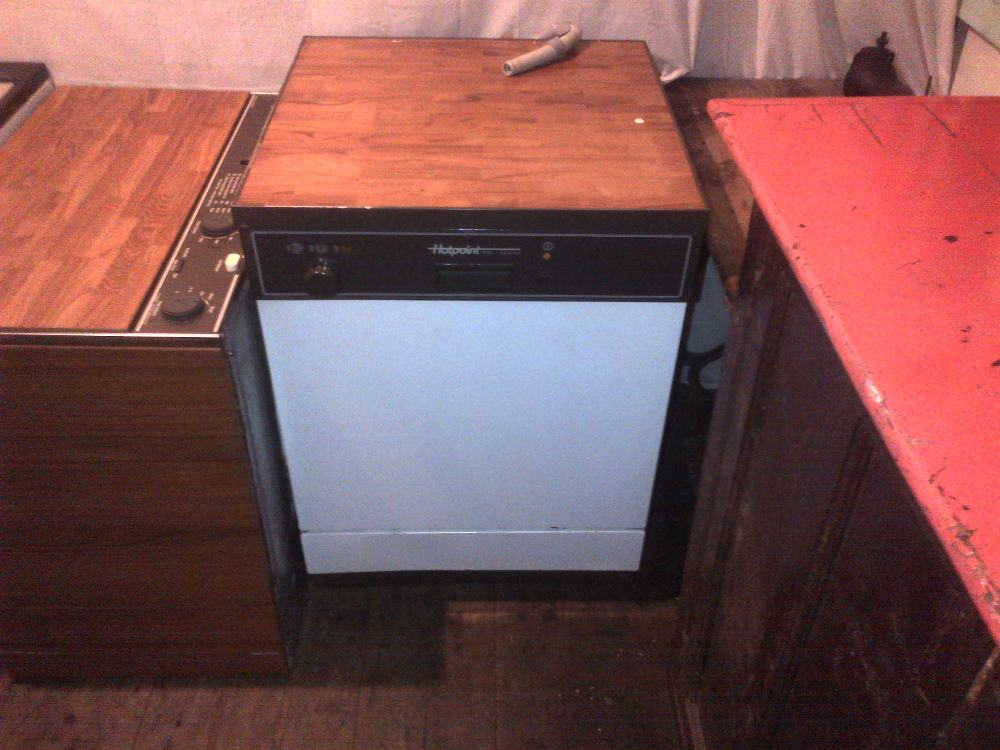
| ||
| Post# 728554 , Reply# 18 1/18/2014 at 15:04 (3,744 days old) by supermaticjames (Donegal, Ireland) | ||
|
... 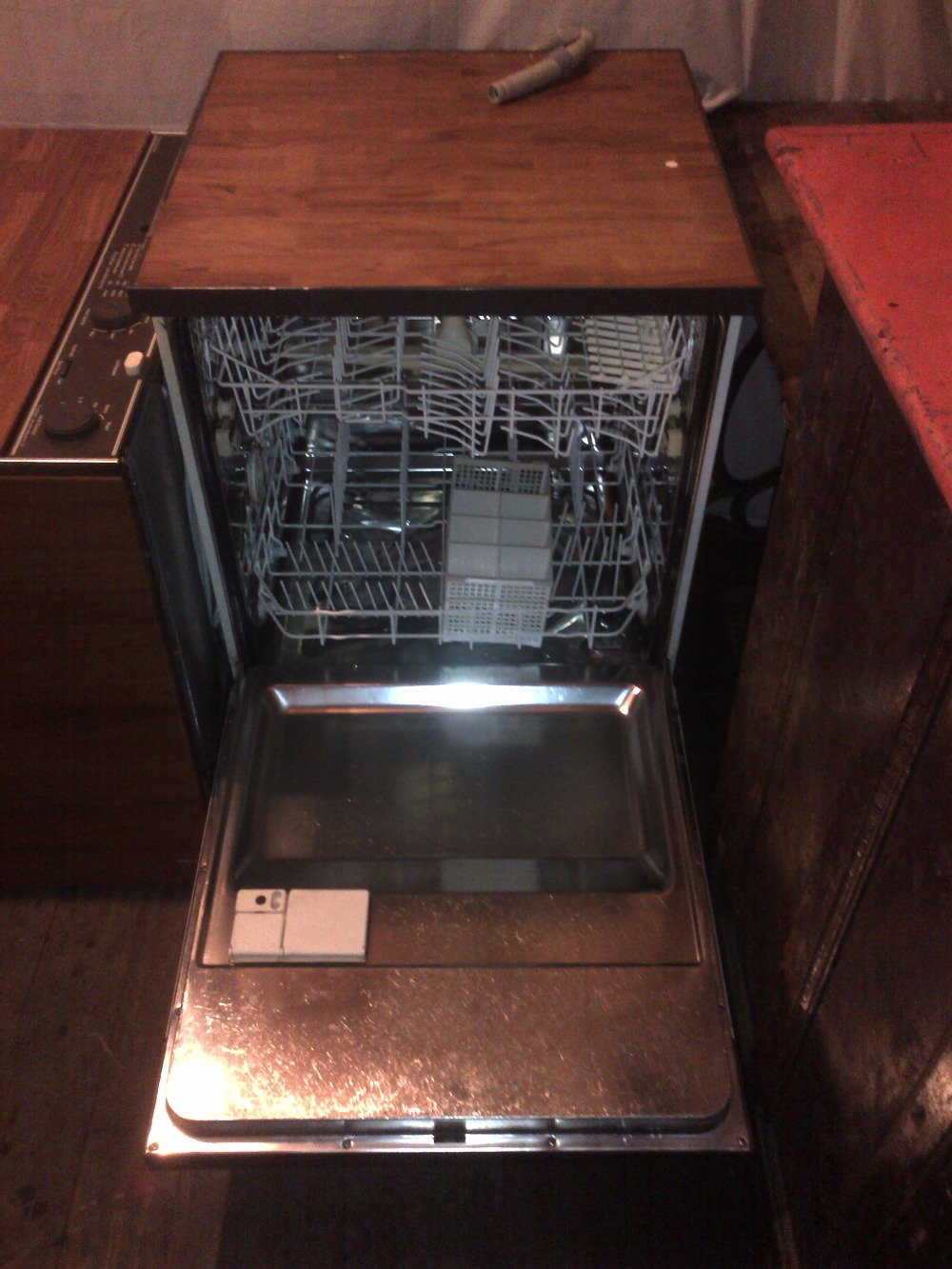
| ||
| Post# 745121 , Reply# 19 3/25/2014 at 18:18 (3,678 days old) by Dimitris (greece) | ||
So so beautiful!!!!!!!
OMG!!!!!!
That machine is gorgeous!!!!!!!!!!!! It is the first Bosch with double/split panel that I have ever seen online!!!!!!!! It is so similar with mine!!!!!!!!!!! Anyway, mine is early 90s with no split panels... SMI5082/17 www.automaticwasher.org/cgi-bin/T... I am lucky enough though because I have seen in somebody's house a bosch very very similar to that. It did have a salt container. It did have split panels. On/off push button switch and a rotary switch for choosing between only 3 programs. I know they bought it early 90s but I am sure it is an older model.... It's model is: SMU2200/00 These machines are really well built, the only place that they suffer is the door handle. through the years gets very fragile... Here is a diagram from Bosch website: 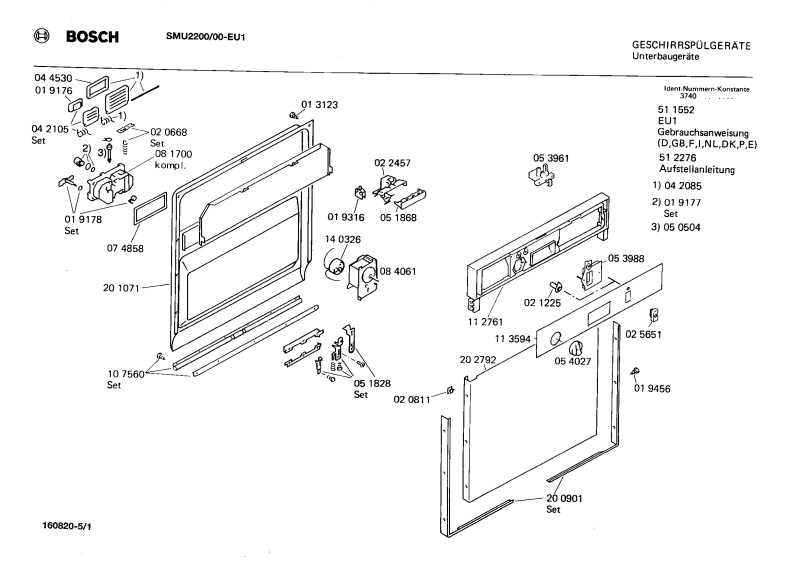
| ||
| Post# 745122 , Reply# 20 3/25/2014 at 18:19 (3,678 days old) by Dimitris (greece) | ||
A second one.... | ||
| Post# 745123 , Reply# 21 3/25/2014 at 18:21 (3,678 days old) by Dimitris (greece) | ||
In that one, you can see the bottom panel... | ||
| Post# 745125 , Reply# 22 3/25/2014 at 18:23 (3,678 days old) by Dimitris (greece) | ||
I wonder if I could buy a brown fascia for my SMI5082/17 ?? | ||
| Post# 745189 , Reply# 23 3/25/2014 at 22:23 (3,678 days old) by cornutt (Huntsville, AL USA) | ||
|
It's intersting to see the family similarities with my recent-model Bosch. | ||
Post# 745347 , Reply# 28 3/26/2014 at 15:52 (3,677 days old) by ricky5050  (Durham Britain) (Durham Britain) |
||
I had a similar model
Hi I had a similar machine , and I'm sure yours is the same inside. I think you can alter the upper rack tho, slide it out as normal to load, the long silver arms will slide out too, the white clips on the end turn left or right this allows the upper rack to slide out completely , at the moment it's on it's lower level so slide it back in using the lower set of wheels and this will raise the upper rack to a higher level ( normal I'd say ) and give you better height in the lower rack for plates. Mine had a dial on right to select programme with a color selector above each program. I got it second hand and had it about 5 years before it started to fail.
Oh and mine was badged hotpoint ! But a Bosch in drag ! Richard | ||
Post# 745394 , Reply# 29 3/26/2014 at 20:00 (3,677 days old) by logixx  (Germany) (Germany) |
||
 | ||

 Comes to the Rescue!
Comes to the Rescue!